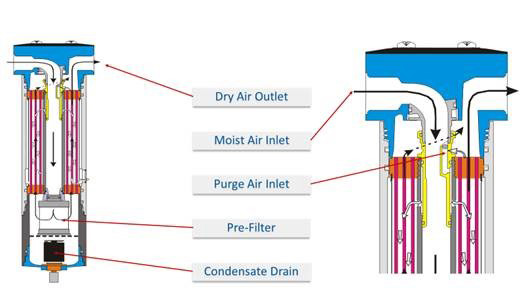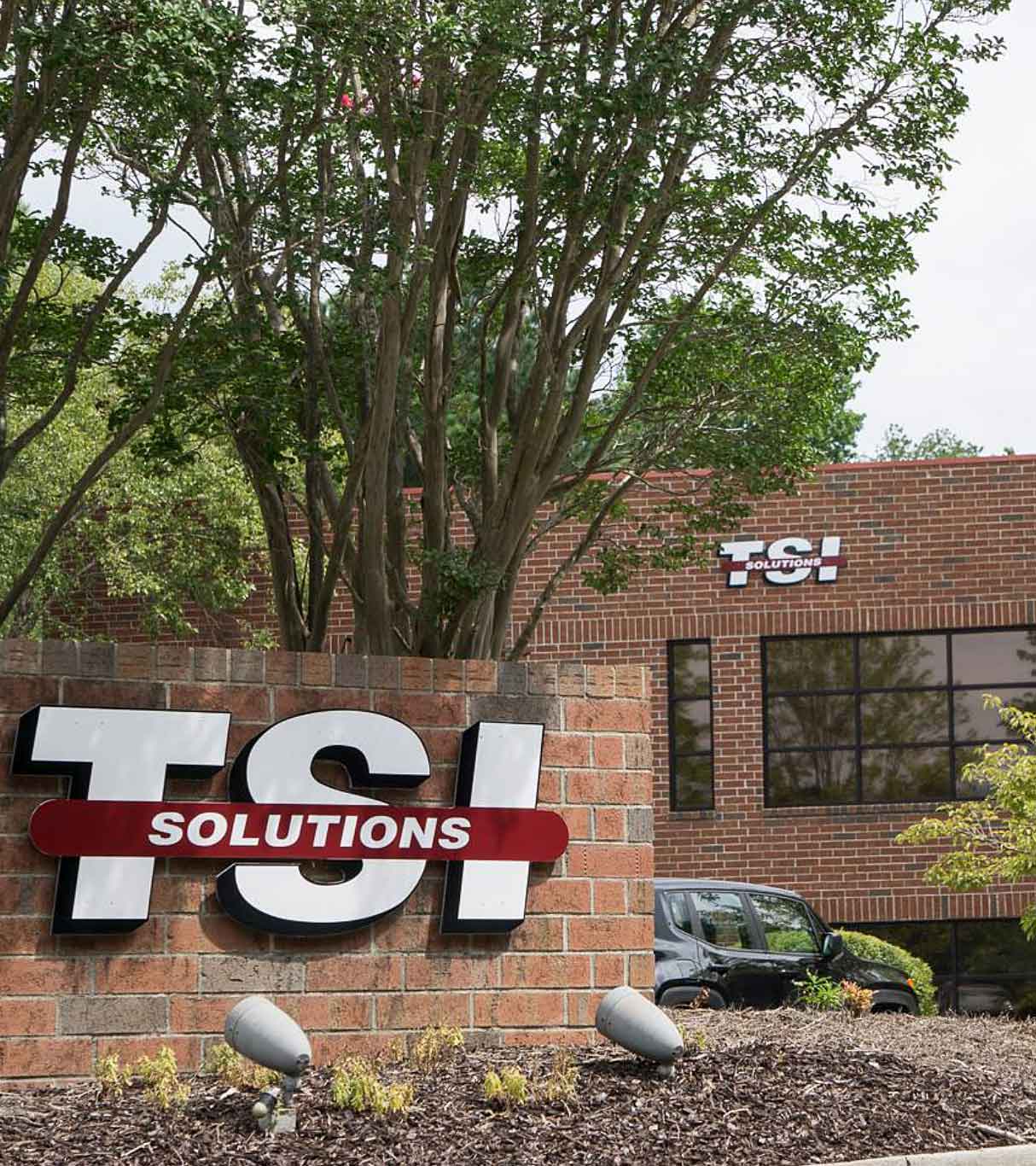Contact Us
Thank you for your interest in a waveguide dehydrator. We specialize in rugged, reliable, low-maintenance dehydrators. We especially welcome the opportunity to design and build custom units for unusual applications.
Send us a note and let us know how we can help you. We look forward to the opportunity to be of service.
FAQ’s
The environment within a waveguide is under positive pressure. This pressurization serves to ensure that the waveguide leaks out rather than in and prevents vapor, dust, and other particulates from entering the waveguide. Particulates in the waveguide can cause reflection, which can be measured as VSWR (voltage standing wave ratio), and cause signal loss or attenuation. In most communication applications, a dehydrator will maintain a clean, dry, particulate-free environment within the waveguide.
The size of your dehydrator depends on the volume of your waveguide, but even more so on the amount of leakage in the waveguide. A sealed system will require a small dehydrator because there is no need to replenish the air within it.
The pressure dew point is the temperature at which the water vapor content of air condenses into liquid water. This becomes a factor at pressures higher than ambient atmospheric pressure. Increasing the pressure of your system increases the dew point temperature. In other words, air under pressure cannot maintain as much water in vapor form as atmospheric air.

A membrane dryer uses permeable straw-shaped membranes that allow water molecules to pass through them, but not the larger oxygen and nitrogen molecules, which make up 98% of the air in our atmosphere.
Advantages of membrane dryers include:
- Little or no maintenance is required—as they have no moving parts, if they are kept clean of particulate and oil mist, they will last indefinitely.
- No desiccant dust to escape the unit and foul downstream components
Disadvantages of membrane dryers include:
- Oil aerosols can coat the membrane filter element, rendering it useless if adequate pre-filtering is not maintained.
- Some purge air is required.
- The pressure dew point is not as low as can be obtained with a desiccant type dryer.
A desiccant dryer uses an adsorbent material, typically a silica gel, which causes water molecules to adhere or stick to it as the air passes through the desiccant sieve chamber
Advantages of regenerative desiccant type dryers include:
- Very low dew points can be achieved without potential freeze-up.
- Moderate cost of operation for the dew points achieved.
- Heatless type can be designed to operate pneumatically for remote, mobile or hazardous locations.
Disadvantages of regenerative desiccant type dryers include:
- Relatively high initial capital cost
- Periodic replacement of the desiccant bed (typically 3-5 years)
- Oil aerosols can coat the desiccant material, rendering it useless if adequate pre-filtering is not maintained.
- Desiccant dust can sometimes pass out of the chamber used to contain it, potentially causing problems in sensitive downstream components,
- Purge air is required.
Yes, you are hearing the purge air from the membrane dryer. The purge air is forcing the moist air, which has passed through the membrane, out the tiny purge port in the bowl of the dryer.
This may indicate several conditions including a very leaky waveguide or a potential leak in the dehydrator unit itself. After confirming that the waveguide is “tight”, the next step would be to look for leaks in the dehydrator. Possible areas may include the air filter bowl or drain, a stuck check valve, or loose fittings. In these instances, TSI can provide phone support. If the leak or malfunction is not readily determined, you can return the system for evaluation.
TSI dehydrators are equipped with membrane air dryers. The main advantage over desiccant dryers is that they do not require periodic replacement and should last for many years without maintenance. Likewise, we use only high-quality, rugged compressors with an expected lifespan of 8-10 years under normal operating conditions.
TSI dehydrators are under warranty for 2 years; however, the compressors used are rated to last 8 – 10 years under normal use.
TSI’s dual compressor dehydrator units are designed to provide redundancy in applications where this is specified. Our dual compressor unit is designed to provide an alarm should a compressor fail, while the other compressor maintains functionality. This creates a “never fail” condition on critical applications.

